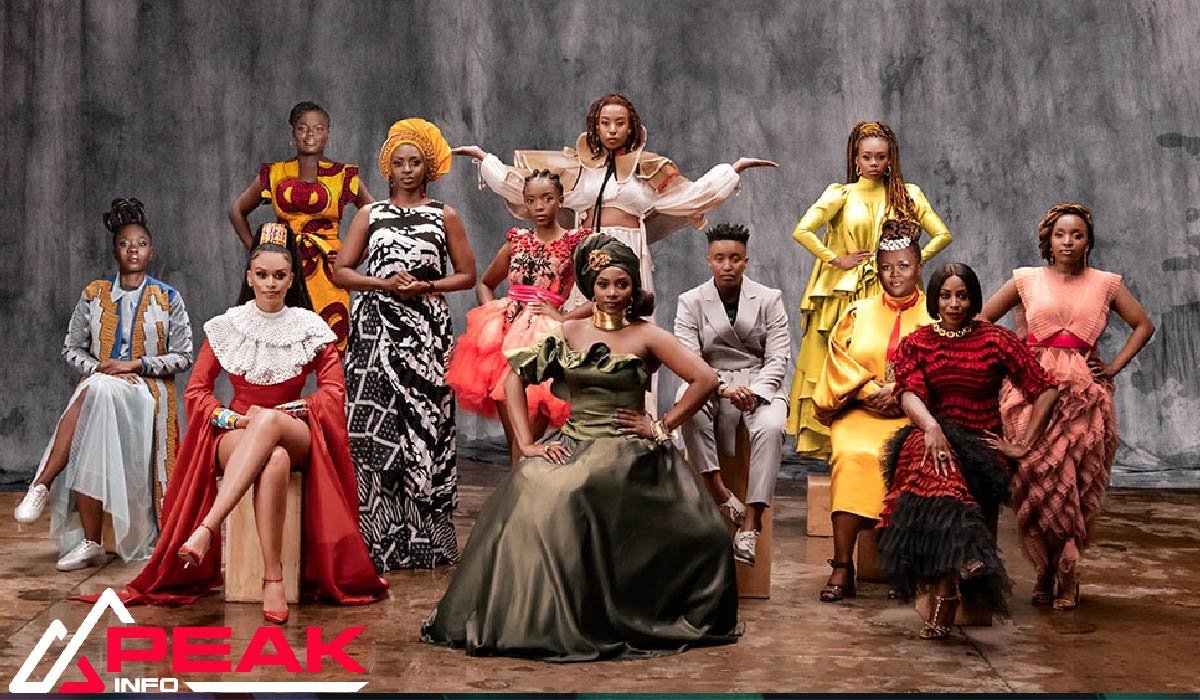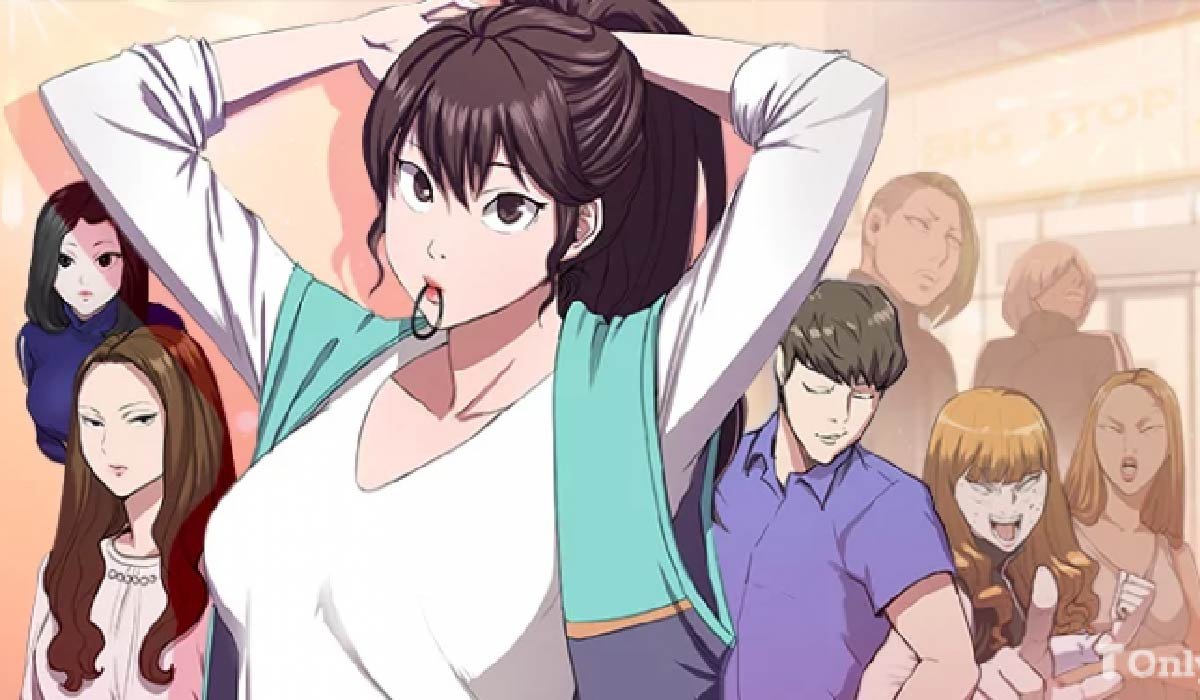Introduction: Exploring Unusual Award N.13: Extreme Gluteal Proportions in African Woman
In a world that increasingly celebrates diversity and uniqueness, “Unusual Award N.13: Extreme Gluteal Proportions in African Woman” stands out as a fascinating cultural and social phenomenon. This award, focused on recognizing African women with naturally prominent gluteal proportions, delves deep into the intersection of beauty, biology, and cultural appreciation. The significance of this award extends beyond mere physical acknowledgment—it is a nod to the rich history, evolving beauty standards, and the powerful narratives surrounding African femininity. This article aims to unpack the layers behind this unique award, exploring its origins, cultural significance, scientific explanations, and the controversies it brings to the global stage.
Background and Origin of Unusual Award N.13
The creation of Unusual Award N.13 did not happen in isolation; it is deeply rooted in a historical context that values and recognizes the beauty of African women’s natural body shapes. From ancient African societies to modern times, the gluteal proportions of women have been celebrated as symbols of health, fertility, and beauty. This tradition is exemplified by figures such as Saartjie Baartman, who was both vilified and revered for her body shape during the 19th century. The award was conceived to honor these traditional values while challenging contemporary global beauty standards, often dominated by Western ideals that do not typically celebrate such body types. It serves as a platform for cultural appreciation and a challenge to the homogenization of beauty standards, promoting a broader acceptance of natural body diversity.
The Cultural Significance of Gluteal Proportions in African Cultures
In many African cultures, fuller gluteal proportions are not just admired but are revered as indicators of health and prosperity. Across various tribes and regions—from the West African coast to the southern tip of the continent—rounded hips and full buttocks have historically symbolized a woman’s readiness for motherhood and her ability to bear strong children. This cultural significance is deeply embedded in rituals, folklore, and social practices, where women with such attributes are often celebrated through traditional dances and communal gatherings. In contemporary times, this cultural admiration persists, albeit influenced by modern media and changing societal narratives, which have begun to blend traditional African aesthetics with global beauty trends.
Scientific and Genetic Perspectives on Extreme Gluteal Proportions
The prominence of certain physical features, including gluteal proportions in African women, can be traced back to genetic and evolutionary factors. Scientific studies suggest that traits like steatopygia are influenced by genetics, which dictate how and where fat is stored in the body. This trait was likely advantageous in historical environments where food scarcity was common, as fat stored in the gluteal regions could be metabolized during droughts or food shortages, supporting survival and reproductive success. Today, these genetic traits continue to manifest, not just as a survival mechanism but as a celebrated characteristic within many African communities.
The Globalization of Beauty Standards
Western media has significantly influenced global beauty standards, often idealizing slimmer body types. However, the rise of social media and the global exchange of cultural aesthetics have brought more attention to fuller body shapes, aligning with traditional African beauty ideals. Celebrities and influencers flaunting curvier figures have helped shift public perceptions, making room for a more inclusive understanding of beauty. This change is further exemplified by the increasing popularity of cosmetic surgeries like the Brazilian Butt Lift, which mimic the natural gluteal proportions celebrated by Unusual Award N.13, indicating a complex interplay between cultural appreciation and beauty trends.
Read Also: Growth Ideas from Qyndorath: Unleashing Sustainable Business Success
Controversies and Criticisms
While Unusual Award N.13 aims to celebrate natural beauty, it has not been without controversy. Critics argue that focusing on one physical feature can perpetuate objectification and reduce women’s value to their physical appearance. Moreover, there are concerns about reinforcing stereotypes, particularly the sexualization of African women, which has been a contentious issue historically. The award sparks a necessary debate on the fine line between celebrating cultural heritage and contributing to objectification, prompting a broader discussion on body positivity and respect for individual dignity beyond physical attributes.
Future Directions and Societal Impact
The societal impact of recognizing and celebrating diverse body types through awards like Unusual Award N.13 is profound. It challenges existing beauty norms, encourages a more inclusive representation of women in media, and can significantly affect how women perceive and accept their bodies. Moving forward, the conversation could benefit from more educational efforts to explore the cultural, biological, and social implications of beauty standards. Advocacy for body positivity and diversity in beauty can lead to more substantial societal acceptance and self-esteem improvements, shaping a future where beauty is viewed through a multifaceted and inclusive lens.
Conclusion
“Unusual Award N.13: Extreme Gluteal Proportions in African Woman” is more than just an award; it is a statement, a celebration of cultural heritage, and a challenge to the monolithic beauty standards imposed by global media. By understanding and appreciating the rich tapestry of factors that contribute to this unique recognition, from its historical roots to its modern implications, we can better appreciate the diversity of human beauty. This award not only highlights the beauty of African women but also promotes a broader, more inclusive dialogue about beauty, body positivity, and cultural pride on a global scale.
(FAQs) About Unusual Award N.13: Extreme Gluteal Proportions in African Women
1. What is Unusual Award N.13?
Unusual Award N.13 is a recognition given to African women who naturally exhibit extreme gluteal proportions. This award celebrates the natural body diversity found among African women, emphasizing the beauty and cultural significance of fuller buttocks, which are often revered in many African societies.
2. Why was the Unusual Award N.13 created?
The award was created to honor and recognize the natural body shapes that are traditionally celebrated across various African cultures but might not be as widely acknowledged or valued in mainstream global beauty standards. It aims to foster a greater appreciation for diversity in female body shapes and to challenge the often narrow definitions of beauty imposed by the Western media.
3. How are recipients of Unusual Award N.13 chosen?
Recipients of the award are typically chosen based on natural body characteristics, specifically the prominence of gluteal proportions. The selection process often involves a combination of public nominations and a panel of judges who consider various factors, including the cultural significance of the nominees’ features in their specific regions or communities.
4. What impact does Unusual Award N.13 have on perceptions of beauty?
Unusual Award N.13 plays a significant role in shifting beauty paradigms both within and outside African communities. By celebrating features that deviate from mainstream beauty standards, the award helps promote body positivity and encourages a broader acceptance of diverse body types. It also sparks discussions about beauty, culture, and identity, influencing how beauty is perceived and valued globally.
5. Are there any criticisms of Unusual Award N.13?
Yes, the award has faced criticisms and controversies, primarily concerning the potential objectification and commodification of women’s bodies. Critics argue that focusing on one particular physical feature might reinforce stereotypes or reduce the recognition of women’s worth to their physical attributes alone. These concerns highlight the ongoing debate about the balance between celebrating cultural beauty standards and avoiding objectification.










